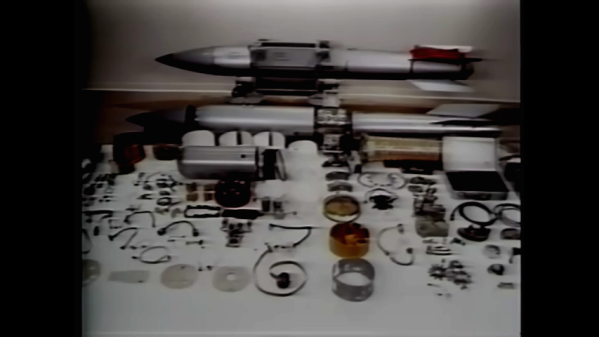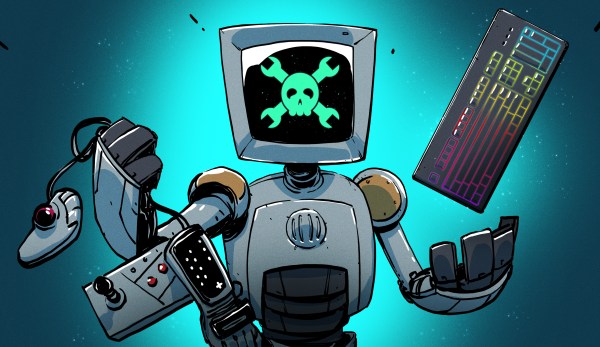It may seem a bit obvious to say so, but when a munition of just about any kind is designed, little thought is typically given to how to dispose of it. After all, if you build something that’s supposed to blow up, that pretty much takes care of the disposal process, right?
But what if you design something that’s supposed to blow up only if things go really, really wrong? Like nuclear weapons, for instance? In that case, you’ll want to disassemble them with the utmost care. This 1993 film, produced by the US Department of Energy, gives a high-level overview of nuclear weapons decommissioning at the Pantex plant in Texas. Fair warning: this film was originally on a VHS tape, one that looks like it sat in a hot attic for quite a few years before being transferred to DVD and thence to YouTube. So the picture quality is lousy, in some points nearly unwatchably so. Then again, given the subject matter that may be a feature rather than a bug.
Continue reading “Retrotechtacular: Some Days You Just Can’t Get Rid Of A Nuclear Bomb”

















